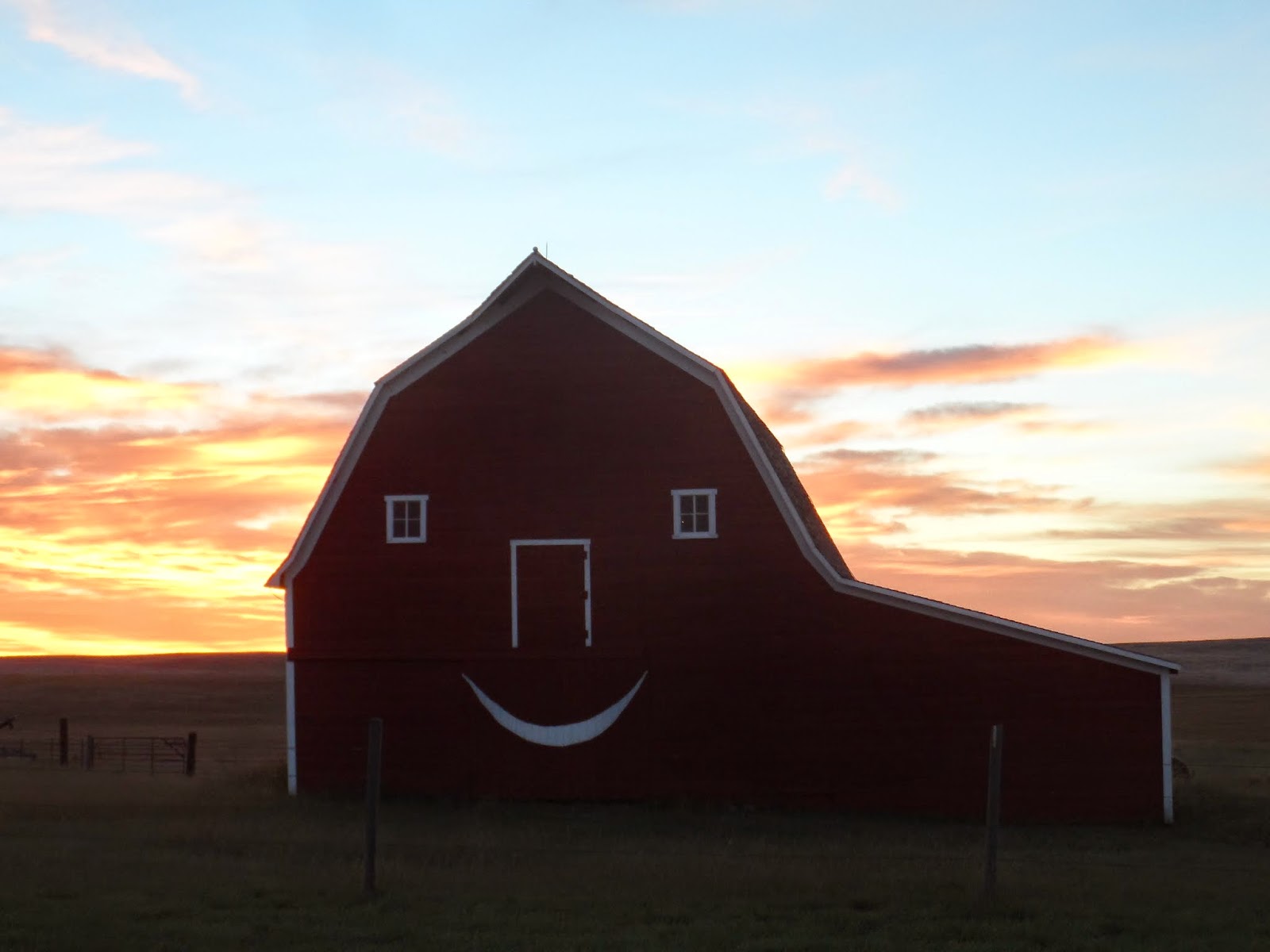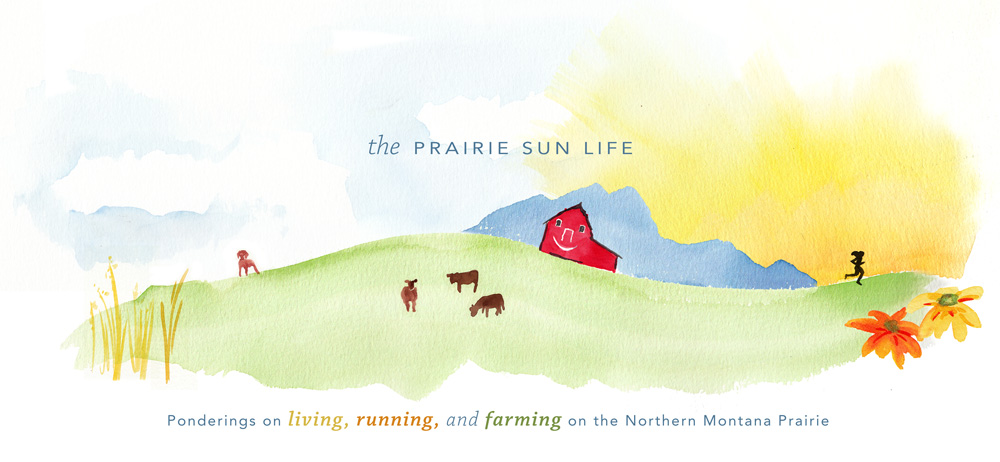 |
| The air-drill, or seeder, was parked in our yard for a few days in between seeding Tom and Carol's land and seeding our land. It is a behemoth. |
In case you're not familiar with winter wheat, it is seeded in the fall. In good conditions, it germinates and sprouts in the fall, then sort of dies off when heavy frost and/or snow hits. It's not actually dead, though. The plants lie dormant throughout the winter, then sprout again in the spring and grow over the summer for harvest in late July or early August. It has a pretty interesting life cycle.
If the seed never germinates in the fall, then it won't come up in the spring at all. Another problem that can sometimes happen is if the top of the ground gets covered with a layer of ice over the winter, the seed can actually die. In that case, nothing comes up in the spring, either. This scenario happens if, for example, we get a snow or sleet event, then it warms up and melts, then we get a hard, sudden freeze, creating that layer of ice. A lot of weather phenomena stringed together has to happen in order to winter kill in that way, but it does happen sometimes.
We use winter wheat in our rotation, but not usually as the sole crop on our farm. Typically, we rotate spring wheat, a pulse crop and/or barley, and winter wheat, with a year of fallow in there somewhere, too. Although, since we really have only been farming for a few years, we are truly still establishing our rotation. Last year, Jeff and I only seeded spring wheat on our land. This year, we are seeding quite a bit of winter wheat, because the fall conditions are so good. But, we won't seed all of our plantable acres to winter wheat this fall. We will save some for spring seeding of peas and spring wheat. We're also thinking about possibly some durum in the spring, too.
One question we get sometimes is-- what is fallow? I'll admit that, not being from a farming background myself, I didn't understand the word or what it meant in a farming sense. Lying fallow means that a piece of ground has nothing planted on it at all for a season. It's just left alone. Around here, we have to do that because we are dryland farmers, meaning we do not irrigate our fields, and we have so little rain. Leaving ground fallow every other year or every third year helps conserve moisture in the soil. Right now, we are seeding winter wheat, for the most part, on fields that were fallow during this year's growing season.
Not every farmer incorporates fallow in their rotation, even up here in the dryland country. Where I grew up in Iowa, most farmers seed every acre of their land every year. This concept is called continuous crop. Sometimes, if we do seed the same acres in back-to-back farm years, we also refer to those acres as re-crop.
 |
| Fall sunrises are so beautiful! |
 |
| Sunrise behind our happy barn. |

Thanks for the post and good luck with the fall and winter weather and the crops next spring.
ReplyDelete